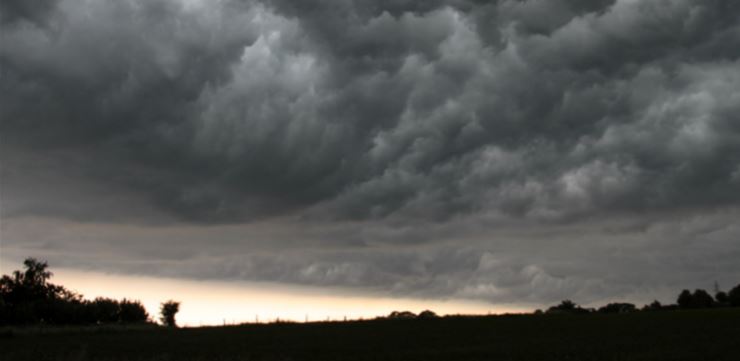A Storm Is Brewing: How Severe Weather Has Insurance Rates on the Rise
BY PEKIN INSURANCE · JUL 25, 2023 ·2 MIN READ
Hey there, homeowners and auto enthusiasts! Buckle up, because we’re about to dive into a topic that affects all of us: rising insurance premiums. While insurance is a necessity to protect our homes and vehicles, you may have noticed those pesky numbers on your bills creeping higher each year.
Well, there’s a stormy reason behind it, and it’s time to explore how increased severe weather activity is driving those premiums through the roof.

The Not-So-Sunny Side of Weather:
We all know that Mother Nature is a force to be reckoned with, but in recent years, it seems like she’s taken her wrath to a whole new level. According to the NATIONAL OCEANIC AND ATMOSPHERIC ADMINISTRATION (NOAA), extreme weather events, aptly referred to as “billion-dollar disasters,” have been on the rise. These events include tornados, hurricanes, floods, wildfires, and other catastrophes that leave a devastating impact on communities and their insurance policyholders.
The Data Says It All:
NOAA’s recent report on billion-dollar weather and climate disasters reveals some eye-opening statistics. In the past decade, the United States has experienced an average of 16.4 such events annually, compared to only 6.2 events in the 1980s. The total cost of these disasters has skyrocketed, averaging a staggering $121 billion per year during the last five years. Severe weather is not only wreaking havoc on homes and infrastructure but also on our insurance industry.
The Price We Pay:
So, how does all this turbulent weather impact our wallets? Well, insurance is about mitigating risks. As severe storms become more frequent and intense, they cause an increase in property and auto losses, leading to a surge in insurance claims. In response, insurance premiums rise to cover mounting costs.
For instance, homeowners insurance rates have seen a noticeable upswing due to the growing threat of hurricanes, floods, and wind/hail events. Similarly, auto insurance rates have also been affected. Severe weather events can result in a spike in car damage and even accidents, which trigger a chain reaction of INFLATIONARY EXPENSES associated with repair and replacement costs, medical services, car rental inventories, and a myriad of other closely linked products and services. When we look at the totality of these things, it has a negative impact on insurance premiums.
Weathering the Storm:
While we do not have control over the weather, there are steps all of us can take to navigate these turbulent insurance waters. First, it’s essential to review your insurance policies regularly to ensure you have the right coverage and an adequate amount of coverage for your home. Do not blindly trust that your policy will cover you! Open your latest mailing from your insurance carrier or log in to your carrier’s portal and review your policies. Understand what coverage you have, assess any gaps, and make sure you’re adequately protected against weather-related risks. Exploring different insurance providers, such as independent insurance agents, will help you find more competitive rates tailored to your needs.
Investing in preventive measures can go a long way in mitigating potential damages. For homes, strengthening your property’s resilience through reinforcement techniques, such as storm shutters and reinforced roofing, can reduce the risk of severe weather-related losses. Similarly, maintaining a safe driving record and equipping your vehicle with safety features may help lower auto insurance premiums.

